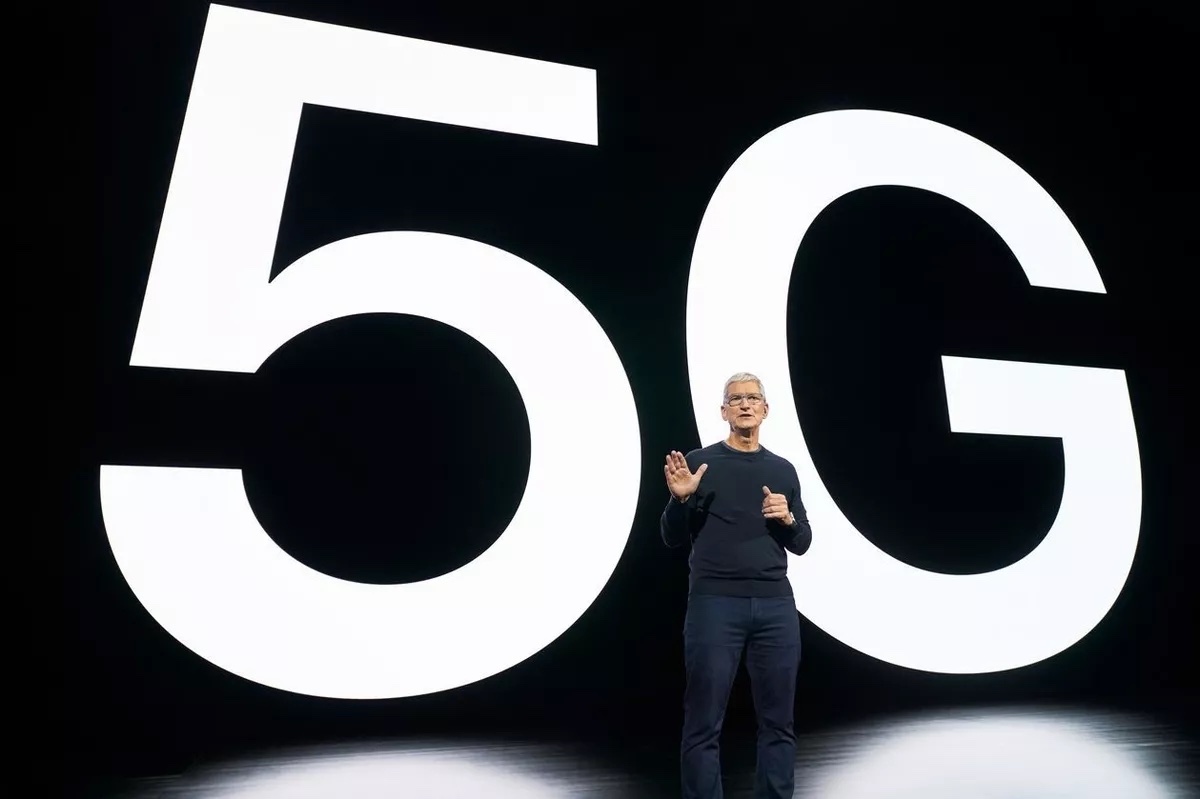
As 5G spreads around the world, more people have access to faster, low-latency cellular data connections – and that includes iPhone 12 and iPhone 13 users who benefit from the new technology. As reported by OpenSignal, average cellular data speeds have increased “almost everywhere” since the launch of 5G.
The mobile analytics company has revealed the results of a research study measuring the global impacts of the 5G network. Unsurprisingly, the report shows that download speeds have nearly doubled in markets where the latest generation of the mobile data network is available.
For instance, average download speeds increased from 22.6 to 48.7 Mbps in Germany, while users in Saudi Arabia experienced an average increase from 13.6 to 31.1 Mbps. At the same time, South Korea broke the 100 Mbps average speed barrier in cellular data for the first time, going from 52.4 Mbps in 2019 to 129.7 Mbps in 2021.
The first markets began launching 5G in the second and third quarters of 2019. Initially, 5G arrived in South Korea and the U.S. but rapidly other markets followed including the UK, Germany, Switzerland and Australia. Over the course of the last three years since 5G’s initial small steps we have seen major impacts on the overall mobile network experience of users. The average download speed in numerous markets has increased.
OpenSignal notes that strong investments in 5G have put South Korea at the top of the Games Experience list, which ranks the best places to play online games based on internet speed. The research also reveals that all of Games Experience’s top 20 global markets now offer access to 5G.
5G has also helped carriers reduce network congestion during times of high traffic, which causes average download speeds to drop considerably.

What’s next for 5G?
Although 5G was officially launched in 2019, there’s still a long road ahead before the network becomes widely available in most countries. At the same time, 5G operates in multiple wireless spectrums, and OpenSignal expects that there will be even more improvements as more spectrums are released in the future.
While most current 5G networks use what is called “Release 15,” the second phase of 5G (known as Release 16) increases network efficiency and reduces power consumption – which is great for mobile devices. Looking ahead, 5G Release 17 is expected to increase support for many more devices simultaneously on the same network.
More details about the research can be found in this document shared by OpenSignal.
Read also:
- 5G C-band FAQ: phones, planes, and launch cities
- Verizon’s 5G UWB to hit 1,700 cities this month with new plans, more
- AT&T launches new ‘Unlimited Max’ prepaid plan for $45/month with 5G support
FTC: We use income earning auto affiliate links. More.

Comments